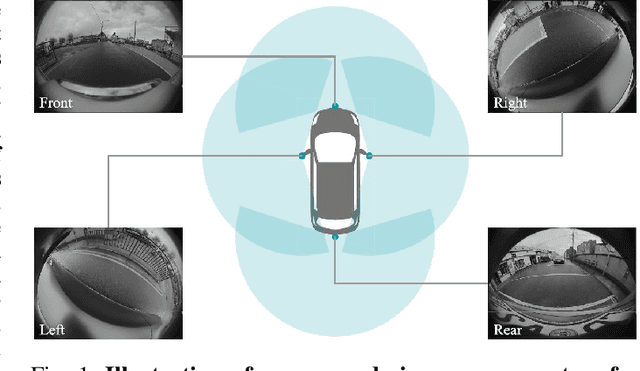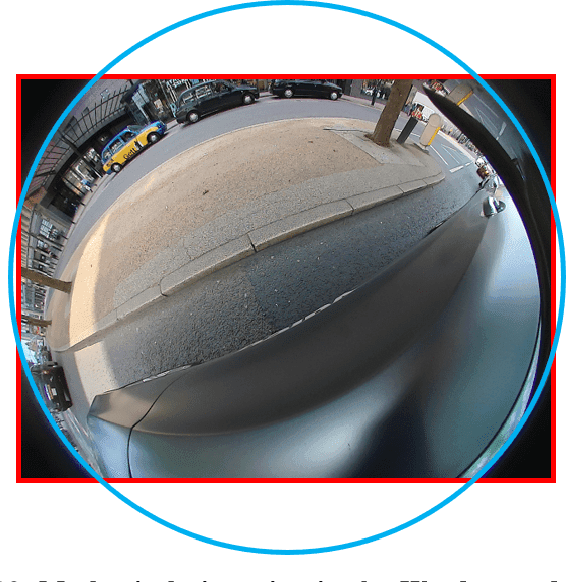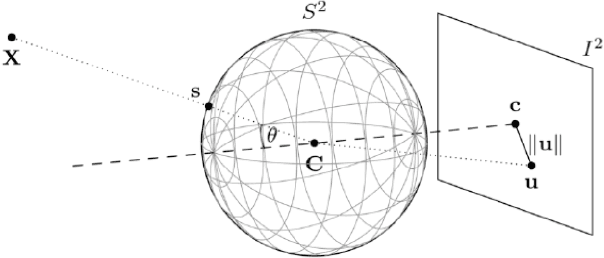Anthony Scanlan
Deformable Convolution Based Road Scene Semantic Segmentation of Fisheye Images in Autonomous Driving
Jul 23, 2024Abstract:This study investigates the effectiveness of modern Deformable Convolutional Neural Networks (DCNNs) for semantic segmentation tasks, particularly in autonomous driving scenarios with fisheye images. These images, providing a wide field of view, pose unique challenges for extracting spatial and geometric information due to dynamic changes in object attributes. Our experiments focus on segmenting the WoodScape fisheye image dataset into ten distinct classes, assessing the Deformable Networks' ability to capture intricate spatial relationships and improve segmentation accuracy. Additionally, we explore different loss functions to address class imbalance issues and compare the performance of conventional CNN architectures with Deformable Convolution-based CNNs, including Vanilla U-Net and Residual U-Net architectures. The significant improvement in mIoU score resulting from integrating Deformable CNNs demonstrates their effectiveness in handling the geometric distortions present in fisheye imagery, exceeding the performance of traditional CNN architectures. This underscores the significant role of Deformable convolution in enhancing semantic segmentation performance for fisheye imagery.
Surround-View Fisheye Optics in Computer Vision and Simulation: Survey and Challenges
Feb 21, 2024



Abstract:In this paper, we provide a survey on automotive surround-view fisheye optics, with an emphasis on the impact of optical artifacts on computer vision tasks in autonomous driving and ADAS. The automotive industry has advanced in applying state-of-the-art computer vision to enhance road safety and provide automated driving functionality. When using camera systems on vehicles, there is a particular need for a wide field of view to capture the entire vehicle's surroundings, in areas such as low-speed maneuvering, automated parking, and cocoon sensing. However, one crucial challenge in surround-view cameras is the strong optical aberrations of the fisheye camera, which is an area that has received little attention in the literature. Additionally, a comprehensive dataset is needed for testing safety-critical scenarios in vehicle automation. The industry has turned to simulation as a cost-effective strategy for creating synthetic datasets with surround-view camera imagery. We examine different simulation methods (such as model-driven and data-driven simulations) and discuss the simulators' ability (or lack thereof) to model real-world optical performance. Overall, this paper highlights the optical aberrations in automotive fisheye datasets, and the limitations of optical reality in simulated fisheye datasets, with a focus on computer vision in surround-view optical systems.
Measuring Natural Scenes SFR of Automotive Fisheye Cameras
Jan 10, 2024Abstract:The Modulation Transfer Function (MTF) is an important image quality metric typically used in the automotive domain. However, despite the fact that optical quality has an impact on the performance of computer vision in vehicle automation, for many public datasets, this metric is unknown. Additionally, wide field-of-view (FOV) cameras have become increasingly popular, particularly for low-speed vehicle automation applications. To investigate image quality in datasets, this paper proposes an adaptation of the Natural Scenes Spatial Frequency Response (NS-SFR) algorithm to suit cameras with a wide field-of-view.
 Add to Chrome
Add to Chrome Add to Firefox
Add to Firefox Add to Edge
Add to Edge